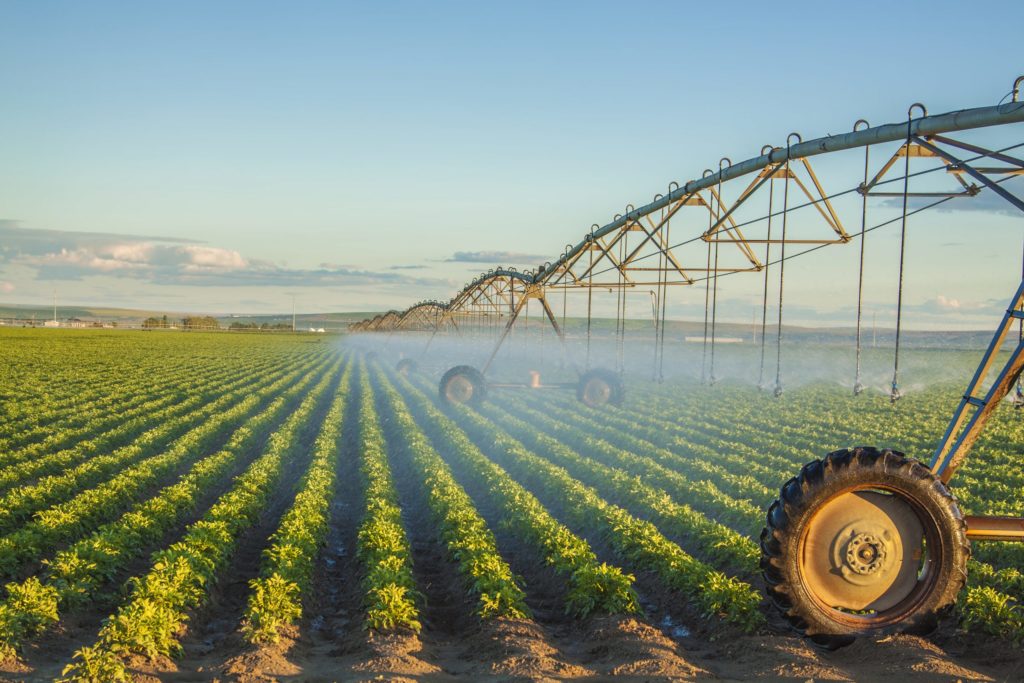Appalachia ain’t just moonshine anymore
It’s not often one can take several weeks off, pile into a car, and hit the open road without any significant responsibilities piling up (or email inboxes overflowing). I was able to do just that in January, before starting my new think tank gig. The result was a two-week road trip — along with my wife — through modern-day Appalachia.
Starting in Harrisonburg, Virginia, and going as far south as Asheville, North Carolina, we discovered an upstart “New Appalachian economy” based loosely around agri-business, food, and booze. Although the region’s economic fortunes have declined alongside that of the coal industry, a small group of entrepreneurial chefs, distillers and brewers are attempting to revive the region by opening up locally sourced, food-focused businesses. In particular, the impressive and nuanced booze offerings the modern-day Blue Ridge region has to offer deserve greater attention.
After driving west from Washington, we headed southward along the great I-81 trucking corridor — whose endpoints stretch as far north as New York state and as far south as Tennessee. The first stop on our self-created booze tour was Harrisonburg, which, as the home of James Madison University, lives up to its college-town reputation by featuring numerous excellent breweries. Because we rolled into town at 2 p.m. on a Friday, it turned out the only brewery open was Pale Fire Brewing Co., located in Harrisonburg’s newly renovated Ice House building. It was one of our favorite stops of the trip.
As good brewery visitors, we tried a flight of Pale Fire’s various selections and were particularly impressed with the Salad Days saison — tart but not bitter — as well as the Red Molly red ale — malty and crisp. Perhaps most noteworthy in a world featuring so many cold, industrial-feeling taprooms was Pale Fire’s cozy fireplace, ringed with hardwood bookshelves. Had we not had dinner reservations farther down the road that evening, we could have easily killed a few hours sipping and reading there.
Our next liquor-inspired stop came a couple of days later and required a brief detour. We slipped off I-81 and headed deeper into the mountains toward Virginia’s renown Route 151. Dubbed “alcohol alley,” the road boasts five wineries, three breweries and a cidery. Oh, and a distillery. Silverback Distillery quickly has become one of Virginia’s most successful distilleries since its 2014 opening, having won 11 international awards to date. Its offerings feature a variety of spirits — from vodka to gin to rye.
Our favorite was Silverback’s Strange Monkey Gin, which was as good straight-up as it was mixed into the various cocktails served in the distillery’s tasting room. Master distiller Christine Riggleman told me she created this spirit in an effort to make a gin that even those who aren’t gin drinkers would enjoy. She definitely hit her mark. When you taste Strange Monkey, the first thing you notice are the vibrant citrus flavors that counterbalance and de-emphasize the more familiar juniper notes that can be overwhelming in other gins. Also intriguing was the Blackback Lucky 13 Honey Rye, which uses local Nelson County honey. In fact, Silverback prides itself in prioritizing the use of Virginia-based ingredients for its spirits.
After another roundabout detour through more backroads, we made our way back to I-81 and finally left the state of Virginia as we drove south to Johnson City, Tennessee. As we drove through the city’s downtown business district — a fascinating mix of both abandoned and occupied storefronts — we happened upon our next brewery destination.
Yee-Haw Brewing Co. stands out as the most physically impressive taproom we visited. It’s marked on the outside with a towering, white tank emblazoned with the phrase “Drink Yee-Haw Beer.” Inside, it features a massive bar and ample floor space. There’s also an inviting outside terrace, which we no doubt would’ve taken advantage of had it not been a cold, dreary January day. We were elated to see a Munich-style dunkel on tap, a nice change of pace from the sometimes-excessive IPA offerings that seem to consume so many American craft breweries these days. It was delightful: dark and soothing but not too heavy.
Finally, our trip came to an end in what many have called the Napa Valley of beer: Asheville. In between tours of the legendary Biltmore Estate, we fit in a visit to Wicked Weed Brewing Pub. Housed in a former auto repair shop, Wicked Weed features an almost endless array of fruit-tinged ales and sours, among many other offerings. The Dancer Reindeer Ale was a favorite, though we barely made a dent in the pub’s broad selection during our brief stop there.
All told, it was impossible to come away from our trip without feeling as though Appalachia’s beer and liquor scene is severely underappreciated. For a region that has received less-than-glowing attention recently from books such as “Hillbilly Elegy,” it’s worth celebrating what’s working well in Appalachia, too. The entrepreneurial spirits movement has taken hold in the region — and if our road trip is any indication, it appears to be thriving.







